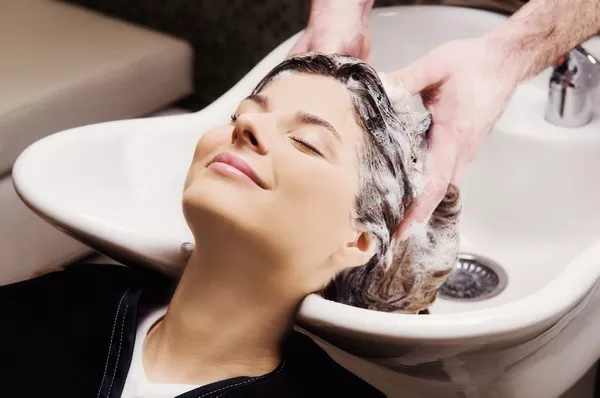Beautiful, healthy hair is often a result of a consistent and well-rounded hair care routine. Among the arsenal of hair care products, hair masks stand out as a powerhouse for nourishing and revitalizing hair. In this comprehensive guide, we explore the art of using hair masks for women’s hair care, from choosing the right mask for your hair type to application techniques that can transform your locks.
I. Understanding the Role of Hair Masks:
1. Deep Conditioning and Nourishment:
Hair masks are intensive treatments designed to provide deep conditioning and nourishment to the hair. They often contain potent ingredients such as natural oils, vitamins, and proteins that penetrate the hair shaft, addressing various concerns like dryness, damage, and lack of luster.
2. Targeting Specific Hair Concerns:
Different hair masks cater to specific concerns, whether it’s repairing damaged strands, hydrating dry hair, or enhancing overall hair health. Understanding your hair’s needs is the first step in choosing the right hair mask to incorporate into your routine.
II. Choosing the Right Hair Mask:
1. Identifying Your Hair Type:
The first consideration in selecting a hair mask is identifying your hair type. Whether you have straight, curly, wavy, fine, or thick hair, there are specific masks formulated to address the unique characteristics and needs of each hair type.
2. Addressing Specific Concerns:
Beyond hair type, consider any specific concerns you want to target. If you’re dealing with frizz, look for a mask with smoothing properties. For damaged hair, opt for a reparative mask with ingredients like keratin or argan oil. Tailoring your choice to your hair’s specific needs enhances the effectiveness of the treatment.
III. Incorporating Hair Masks into Your Routine:
1. Frequency of Use:
The frequency of using a hair mask depends on your hair’s condition and the product’s instructions. While some masks are designed for weekly use, others may be suitable for more frequent application. Strike a balance based on your hair’s needs, avoiding overuse that could lead to product buildup.
2. Application Techniques:
Proper application is key to maximizing the benefits of a hair mask. Start by shampooing your hair to ensure it’s clean and ready to absorb the mask’s nutrients. Apply the mask evenly, focusing on the mid-lengths and ends, which tend to be more prone to dryness and damage. Comb the product through your hair for even distribution.
3. Heat Enhancement:
To enhance the mask’s effectiveness, consider using heat. Wrap your hair in a warm towel or use a shower cap to create heat, opening up the hair cuticle and allowing the mask to penetrate deeper. Alternatively, sit under a hooded dryer for a salon-like treatment at home.
IV. Rinsing and Styling:
1. Thorough Rinsing:
After the recommended time, thoroughly rinse the mask from your hair. Ensure no residue is left, as this can lead to dullness or a weighed-down feel. A final rinse with cool water helps seal the hair cuticle, promoting shine.
2. Styling After Treatment:
Once you’ve applied a hair mask, consider adjusting your styling routine. You may find that your hair is more manageable, smoother, and shinier, reducing the need for excessive heat styling. Embrace your natural texture or opt for heat-free styling methods to maintain the benefits of the treatment.
V. FAQs on Using Hair Masks for Women’s Hair Care:
Q1: Can I use a hair mask every day?
A1: While some hair masks are formulated for daily use, most are designed for weekly application. Using a hair mask too frequently can lead to product buildup and may not allow your hair to fully absorb the treatment.
Q2: How long should I leave a hair mask on?
A2: The recommended time for leaving a hair mask on varies among products. Follow the instructions on the specific mask you’re using, but a common range is 5 to 30 minutes. Leaving it on longer doesn’t necessarily provide more benefits and can lead to over-conditioning.
Q3: Can I use a hair mask on wet or dry hair?
A3: Hair masks are typically applied to clean, damp hair after shampooing. Wet hair allows for better product distribution and absorption. However, some masks may be designed for use on dry hair, so always check the product instructions.
Q4: Are DIY hair masks as effective as commercial ones?
A4: DIY hair masks can be effective, depending on the ingredients used. However, commercial masks are often formulated with specific concentrations and combinations of ingredients to address various hair concerns. It’s essential to choose ingredients that suit your hair type and needs.

